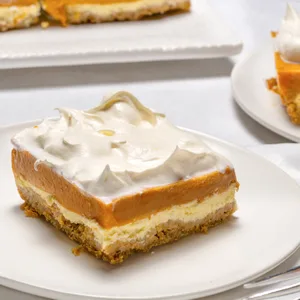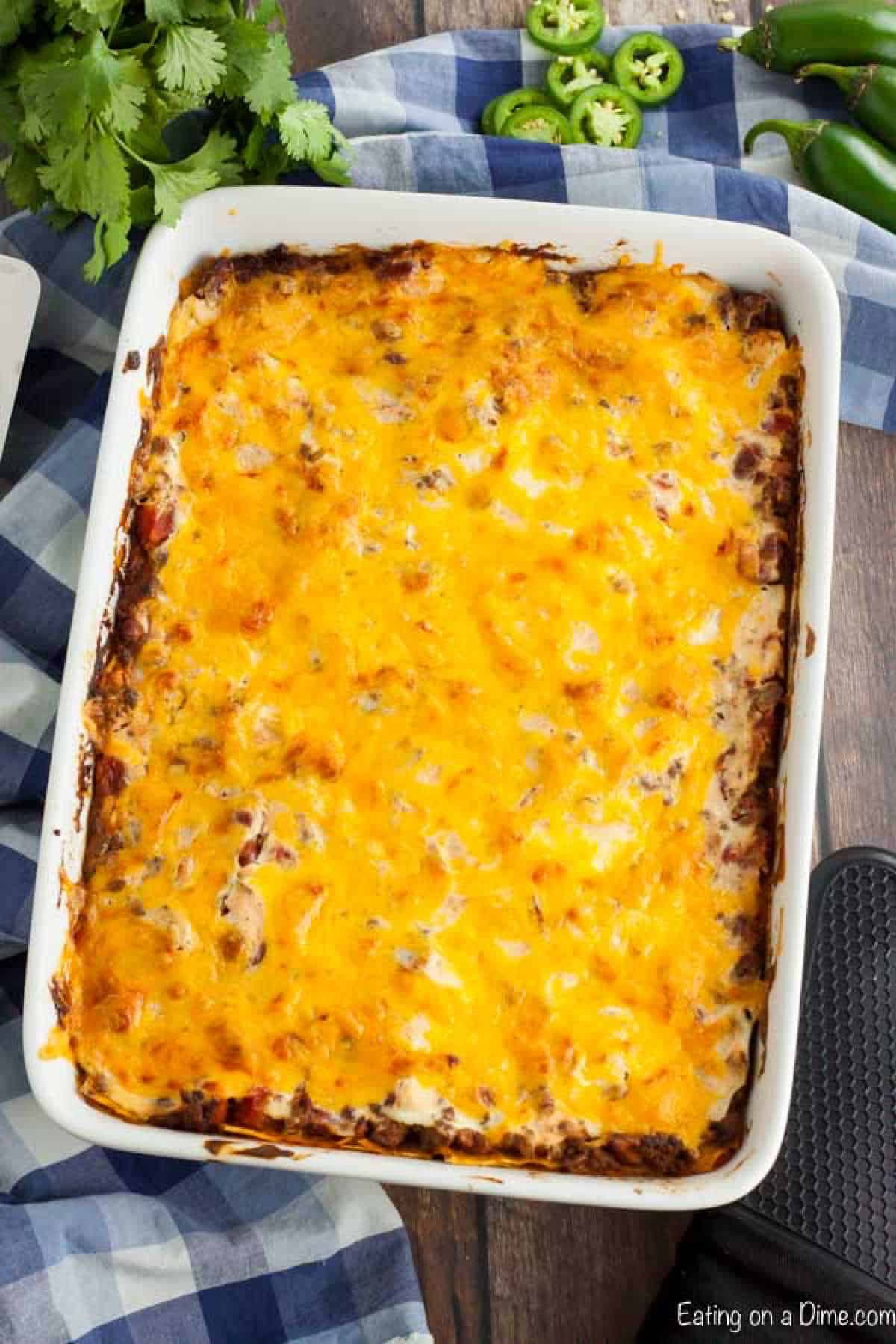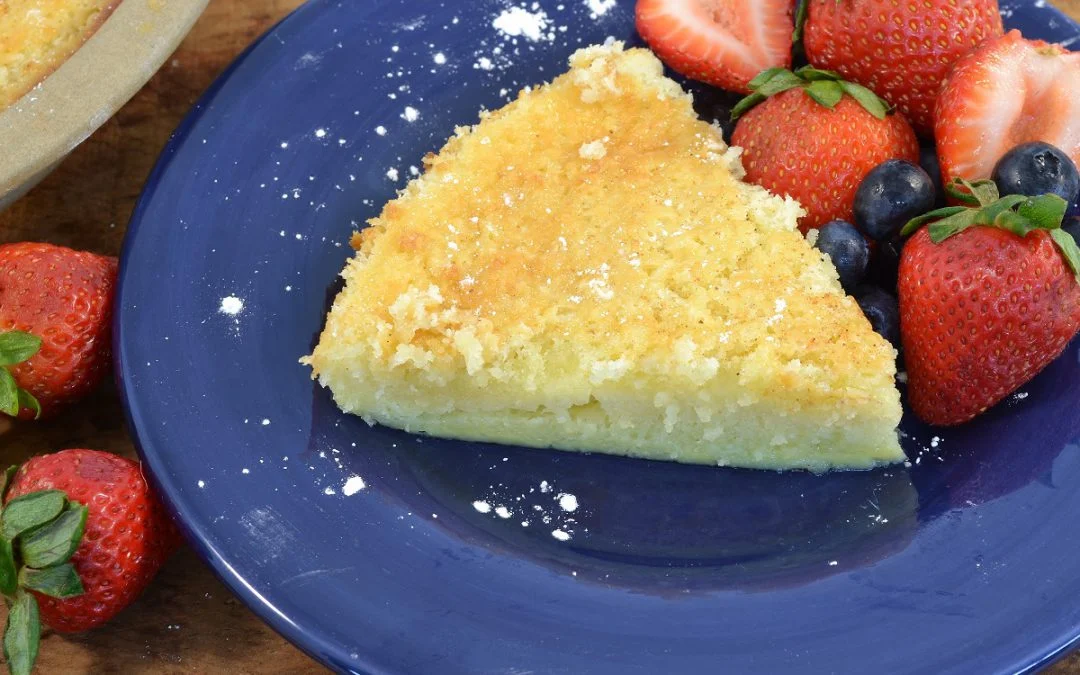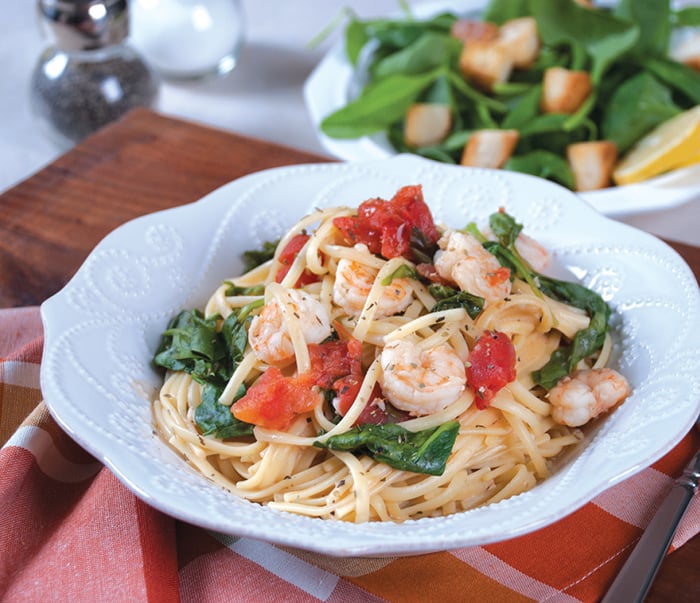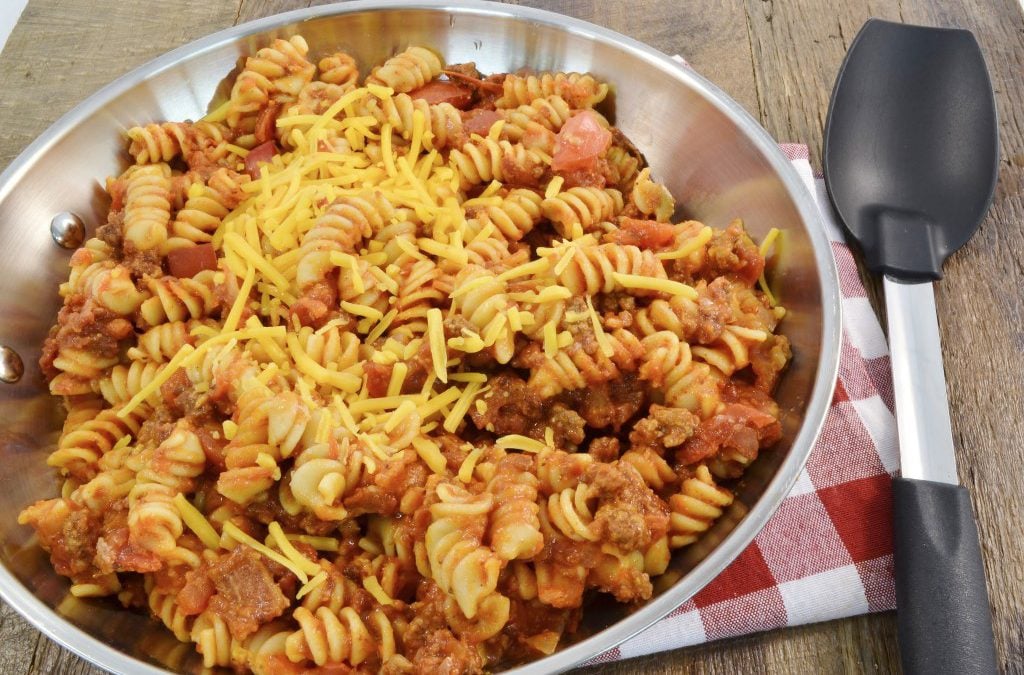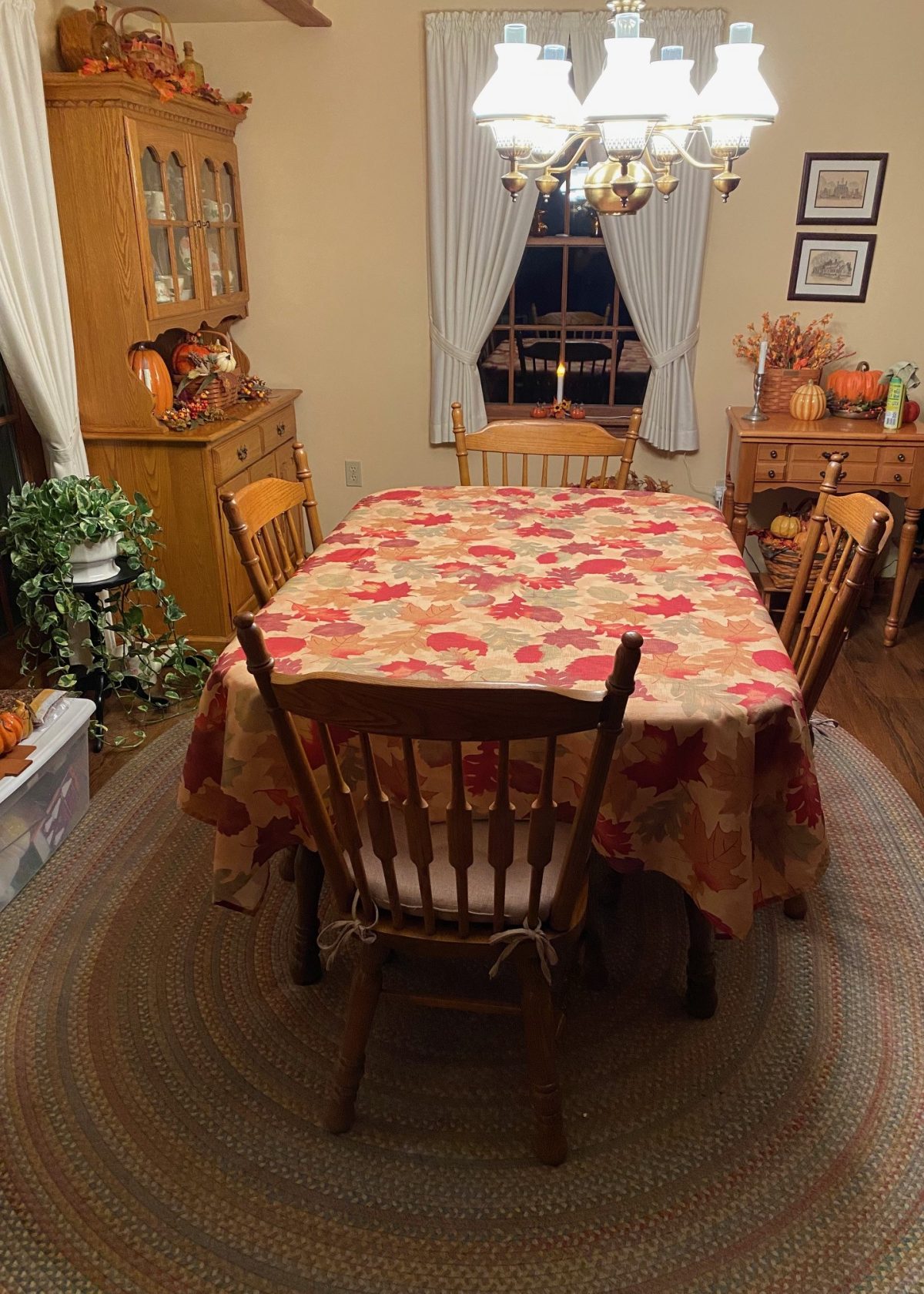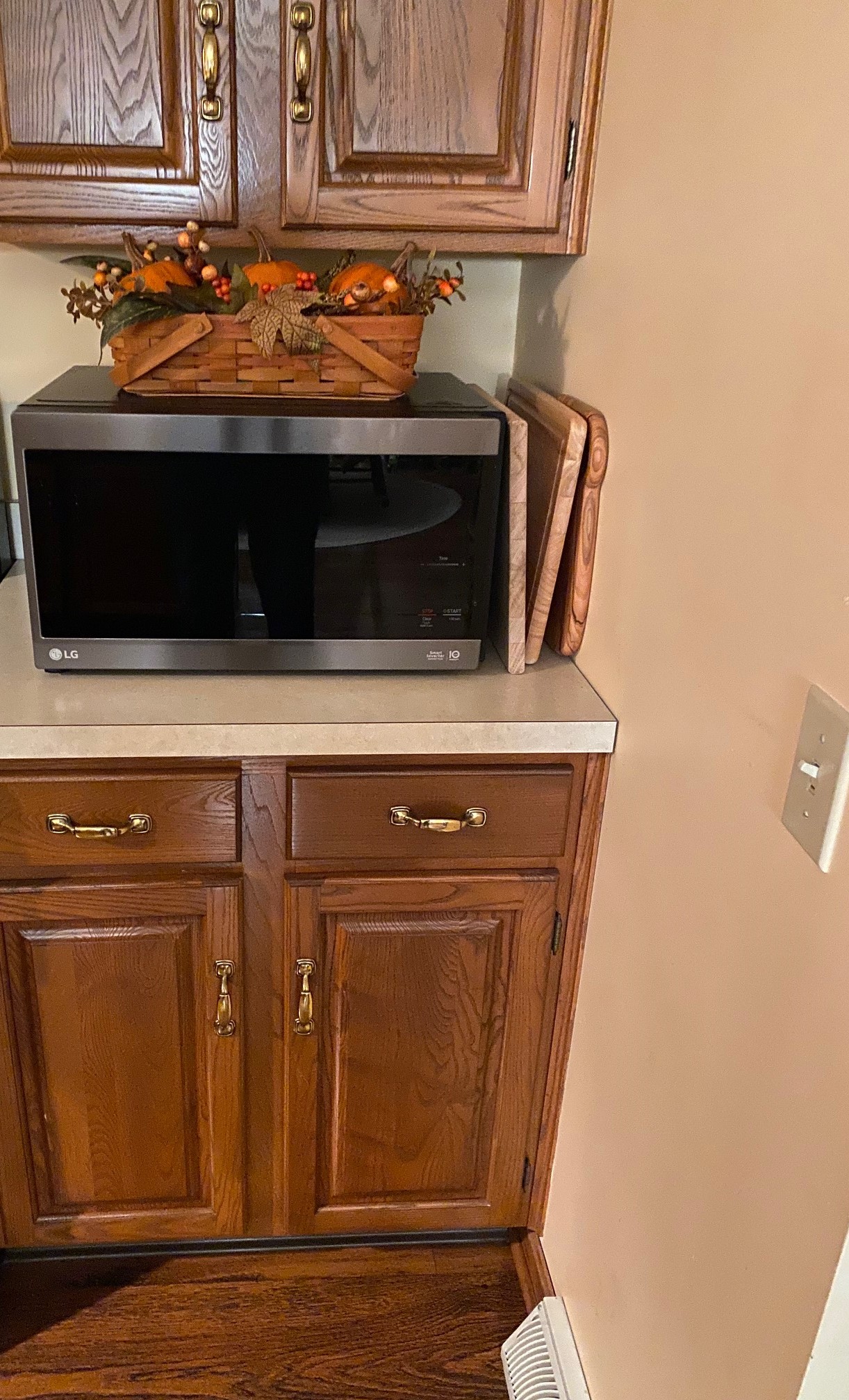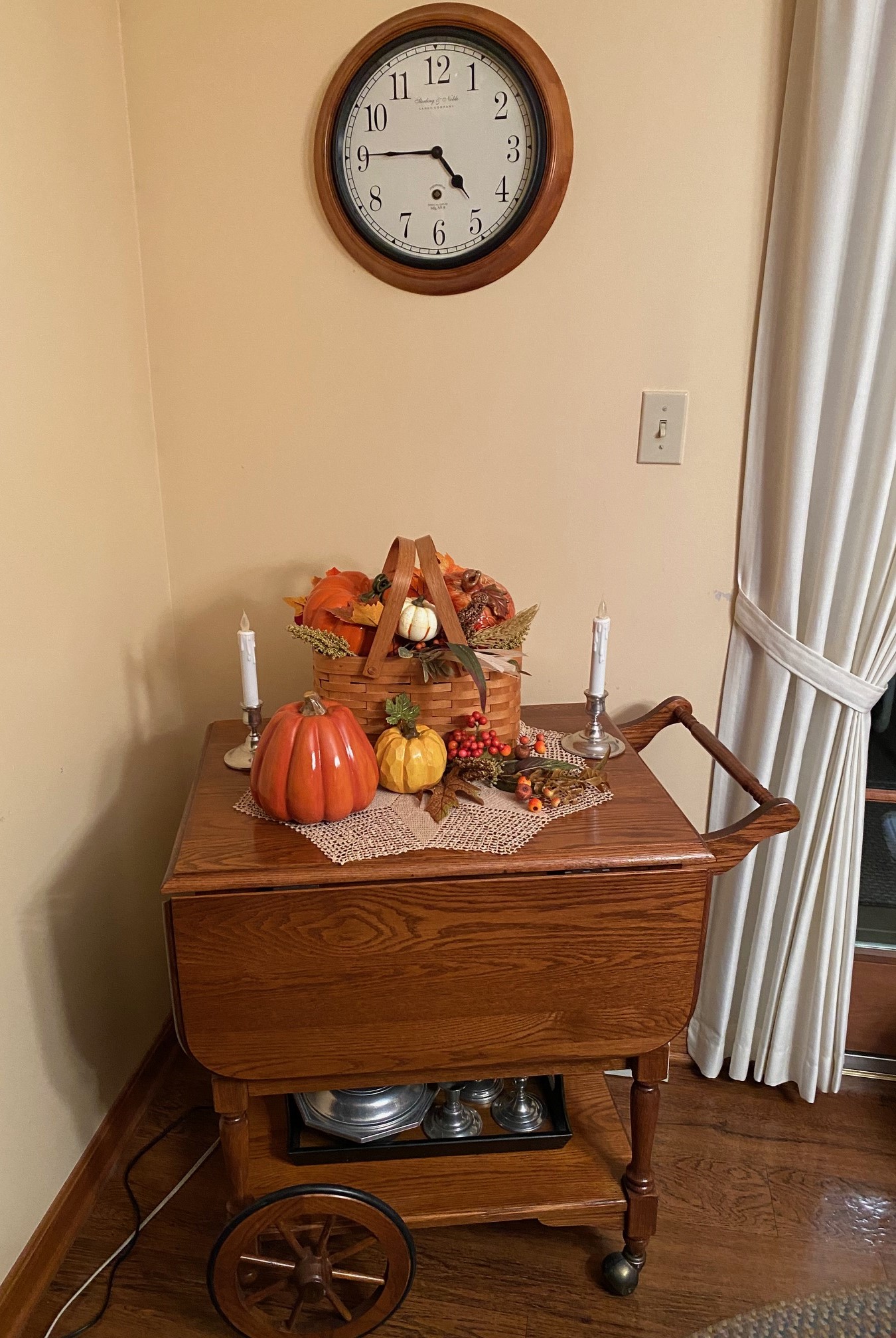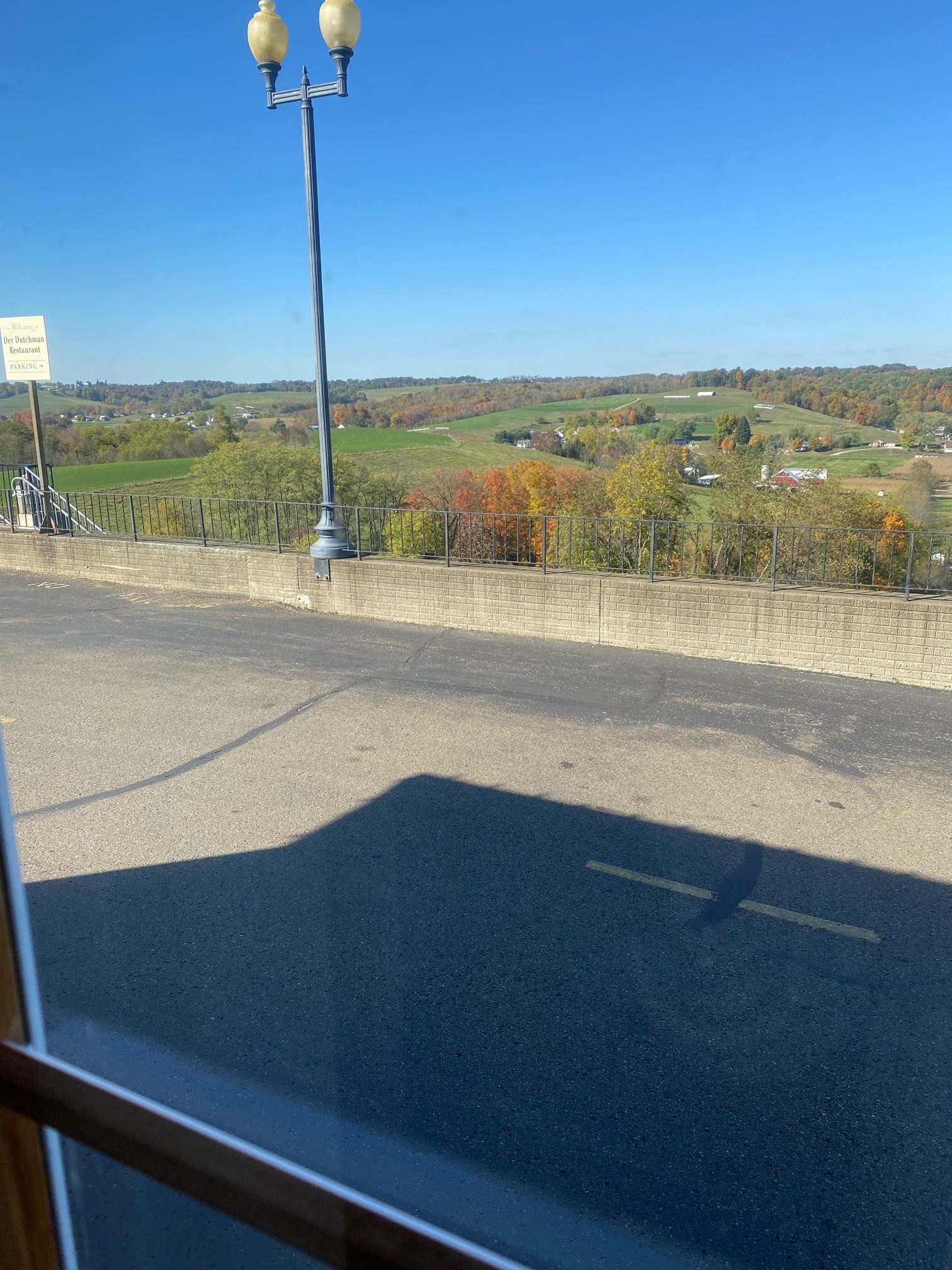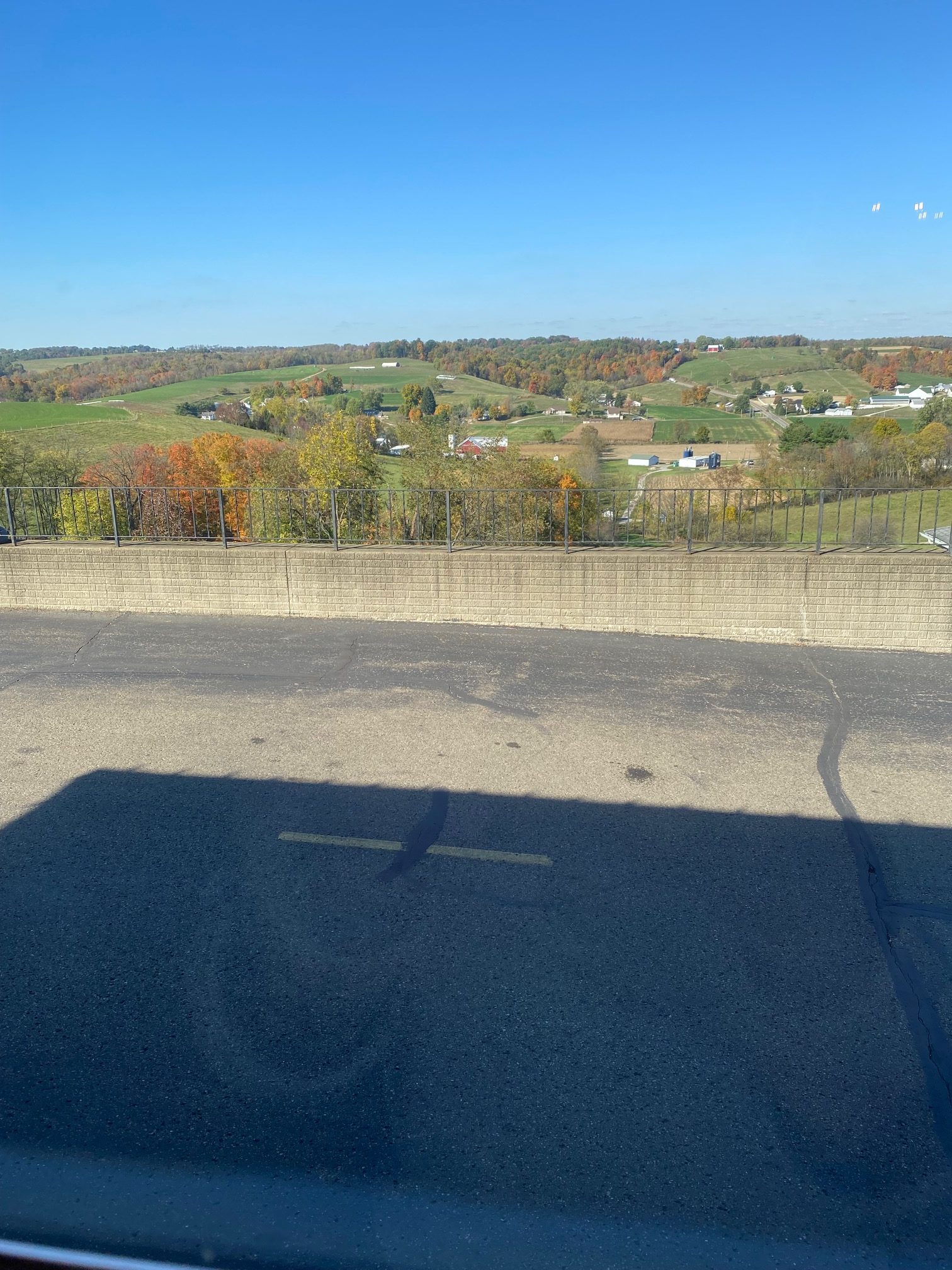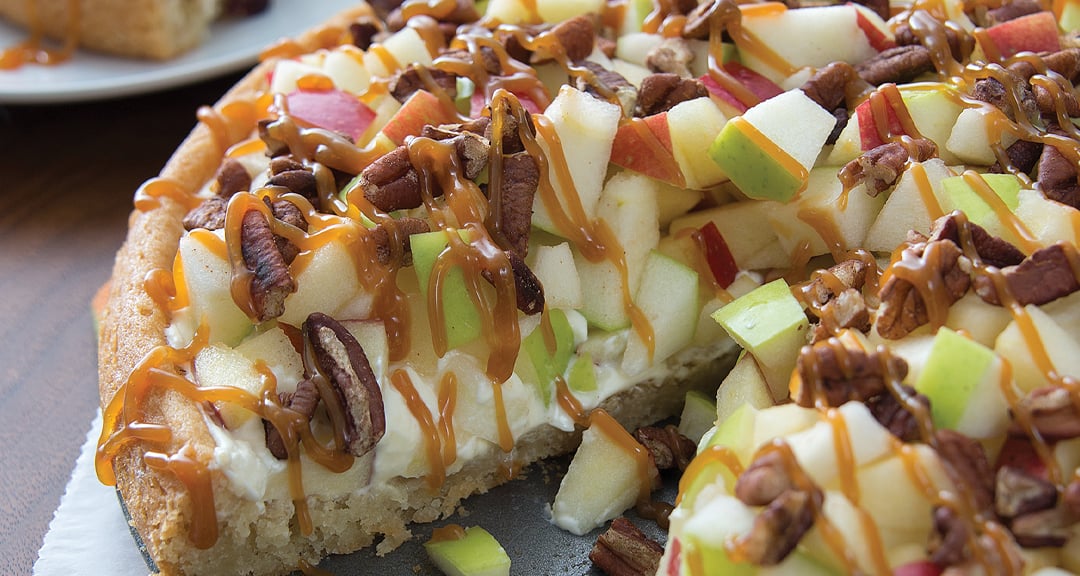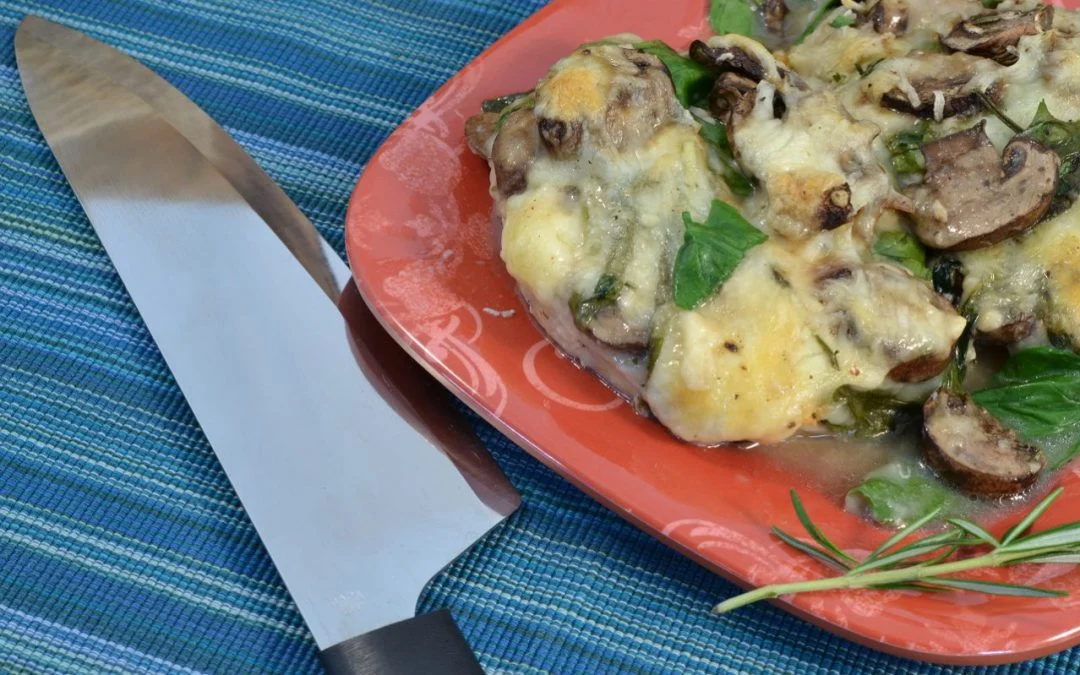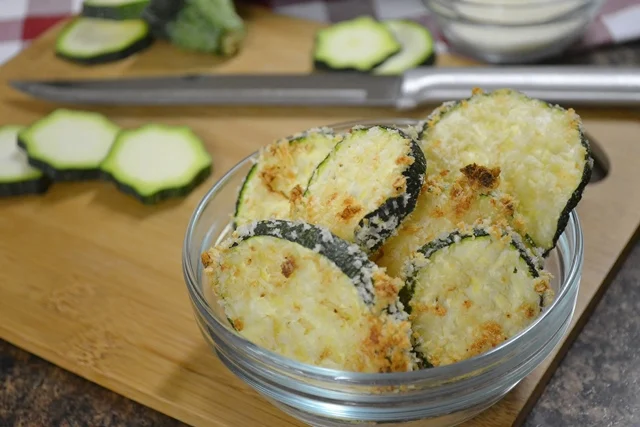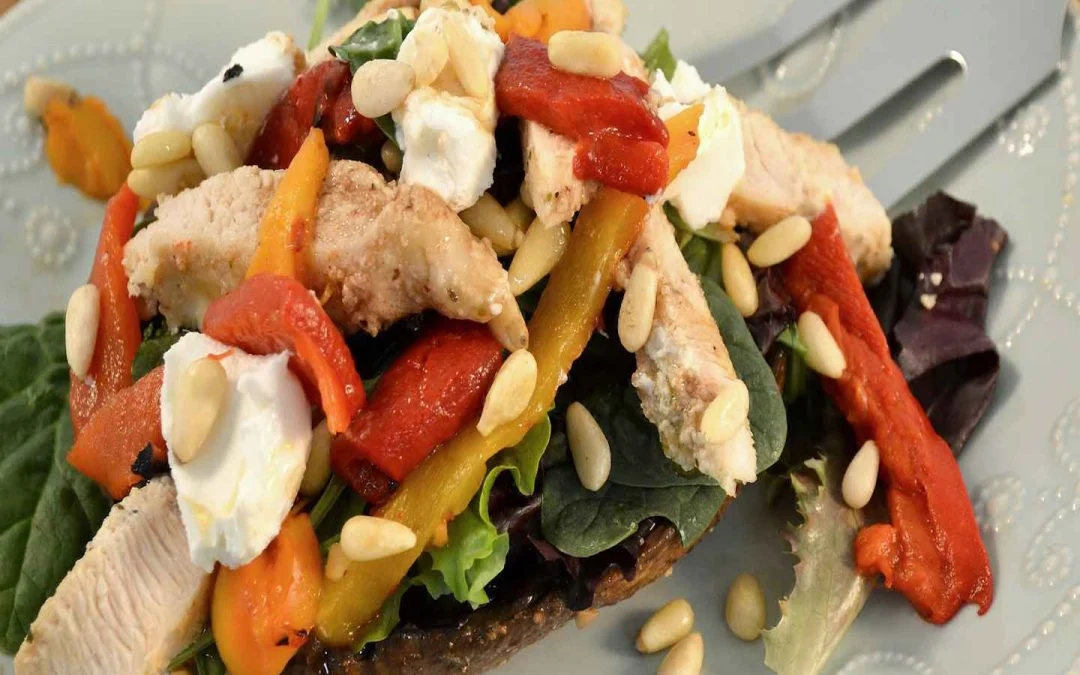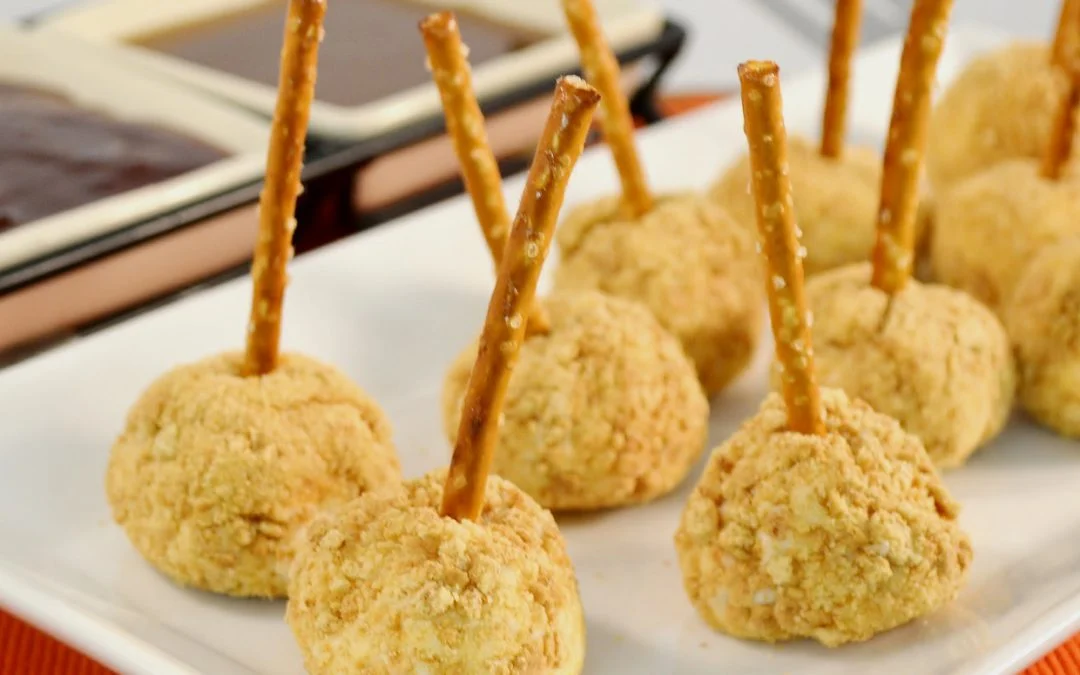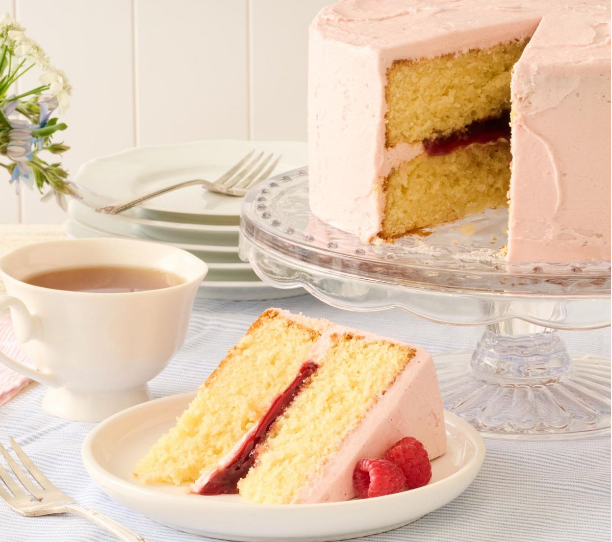Views: 8
Pumpkin Torte.
This pumpkin torte is rich and creamy, with beautiful orange hues, making it ideal for fall celebrations.
Ingredients
- 1-2/3 cups graham cracker crumbs
- 1/3 cup sugar
- 1/2 cup butter, melted
-
CREAM CHEESE FILLING:
- 2 packages (8 ounces each) cream cheese, softened
- 3/4 cup sugar
- 2 large eggs
-
PUMPKIN FILLING:
- 2 envelopes unflavored gelatin
- 1/2 cup cold water
- 1 can (30 ounces) pumpkin pie filling
- 1 can (5-1/2 ounces) evaporated milk
- 2 large eggs, lightly beaten
-
TOPPING:
- 1 carton (12 ounces) frozen whipped topping, thawed
Directions
-
- Preheat oven to 350°. In a small bowl, combine the crumbs, sugar and butter. Press onto the bottom of an ungreased 13×9-in. baking dish; set aside. In a large bowl, beat cream cheese and sugar until smooth. Add eggs; beat on low speed just until combined. Pour over crust. Bake until center is almost set, 25-30 minutes.
- Meanwhile, in a small bowl, sprinkle gelatin over cold water; let stand for 1 minute. In a large saucepan, combine pie filling and evaporated milk. Bring to a boil. Add gelatin; stir until dissolved. Whisk a small amount of hot mixture into the eggs. Return all to the pan, whisking constantly.
- Cook and stir over low heat until mixture is thickened and coats the back of a spoon. Cool for 10 minutes. Spread over cream cheese layer. Spread whipped topping over top. Cover and refrigerate overnight.
Pumpkin Torte Recipe Variations
- Use a shortbread cookie crust: Swap the traditional graham cracker crust for a crumbly shortbread cookie crust to impart buttery flavors into this torte.
- Swap the pumpkin: In the fall you can use a variety of seasonal squashes or root vegetables. Consider substituting the pumpkin for sweet potato or butternut squash.
- Top with sauce: Drizzle chocolate over this pumpkin torte for a more decadent dessert.
![]()
